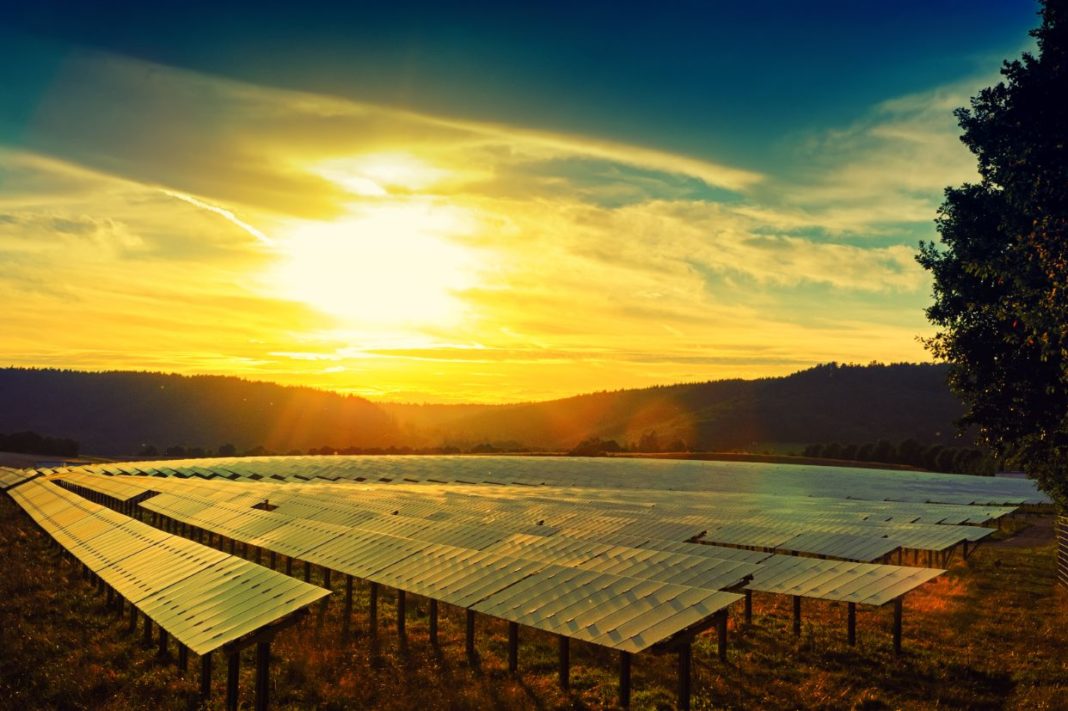Despite heavy smoke conditions and poor air quality in January and February this year Evoenergy has reported an ACT increase in excess solar generation exported back to the electricity grid.
Based on data for small-scale solar photovoltaic systems (0-10 KW) operating in the ACT during the summer of 2018-19 compared to 2019-20, Evoenergy found that the excess solar generation exported back to the electricity network was around 6% higher in the 2019-20 summer, compared to 2018-19.
“In our role as Canberra’s local electricity distribution network operator, we can’t see how much solar has been generated and consumed within the home, so this increase between the years represents an increase in excess energy not used in the home, and exported back to the grid,” an Evoenergy spokesperson said.
The increase could be due to a number of factors according to the spokesperson, such as the replacement or upgrade of system inverters or system servicing resulting in efficiency increases; energy efficiency improvements in the home resulting in lower overall energy consumption; or more sunny days over the 2019-20 summer compared to the 2018-19 summer resulting in a generation increase.
According to Dr Nick Engerer, Chief Technology Officer and co-founder of Solcast, a global solar data services company, the 2018-19 summer period had 50% more bright sunshine – the period where nothing is between the sun and surface – than summer 2019-20 due to the fires.
Despite that, the overall solar radiation – the energy from the sun that we use to generate power – was only about 10% lower in summer 2019-20.
“It doesn’t matter if there is smoke haze, pollution, or cloud, some light still gets through,” Dr Engerer said, which equals solar radiation and solar generation.
Dr Engerer hypothesised that the source of the increase in export back to the network is due to changes in household behaviour.
“Meaning that while they generated less solar energy (estimated to be at 10-15% less based on the above numbers), they must have also used less electricity in the home. This means more went back to the grid,” he said.
Meanwhile, Evoenergy has reminded customers that regular testing and maintenance is critical to ensure your solar photovoltaic system is running at optimal performance and operating safely.
Evoenergy Safety Manager Brendan Commons said as more homes take advantage of generating their own power from the sun – over 27,000 solar photovoltaic systems are now installed in the ACT – it’s important to be aware of annual and five-yearly solar system checks.
“To ensure the safety of people working on the electricity network, your solar system, including the PV inverter, needs to be tested every five years, and we also recommend regular cleaning and maintenance of the panels to remove dirt and debris build up and keep them working at their peak potential.”
For more stories like this:



